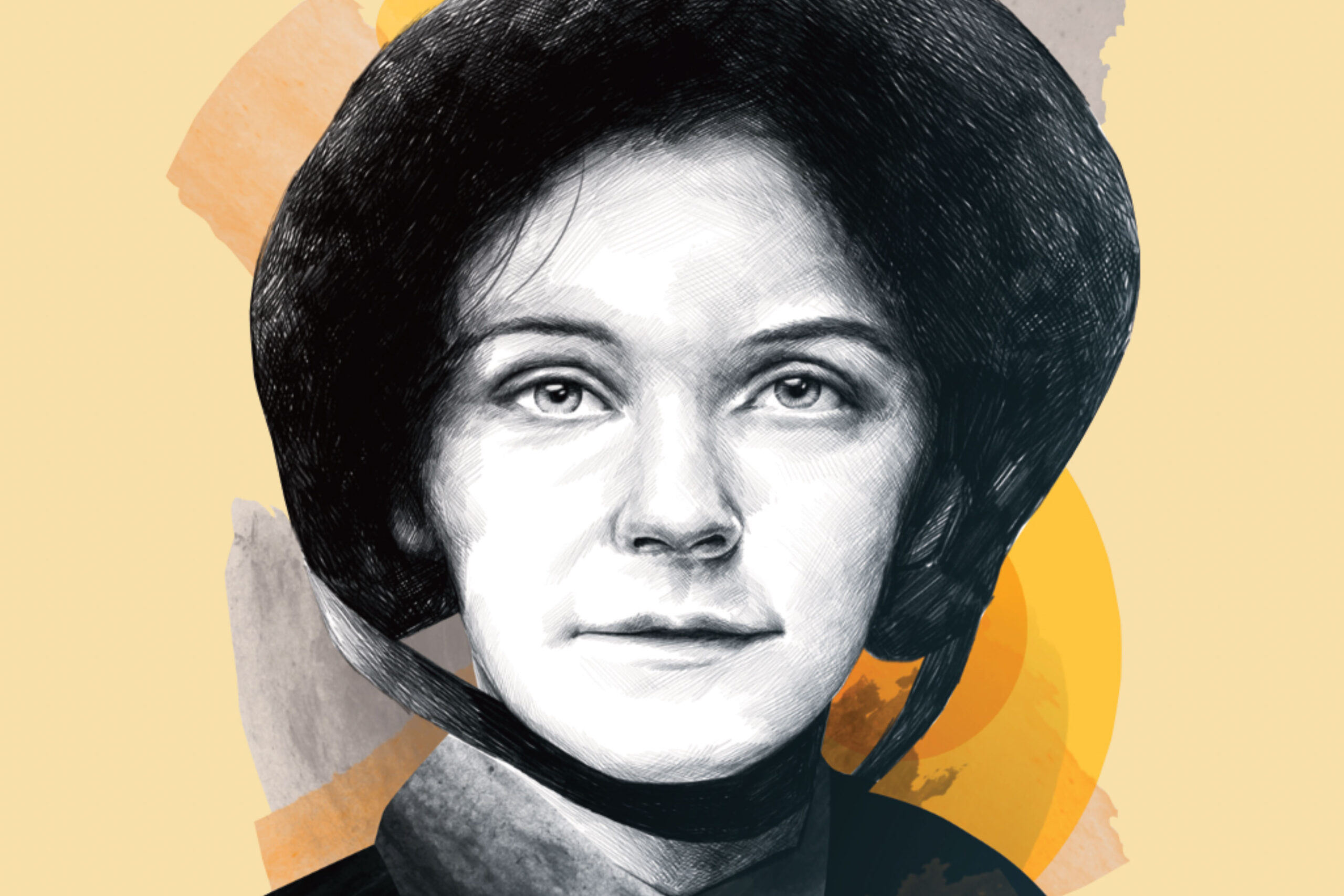Who Is Eliza Shirley?
by Guest

Eliza Shirley held Salvation Army meetings in Philadelphia months before the Army’s “official” start in America.
Recently at the Philadelphia Kroc Center, affectionately known as the “Philly Kroc,” I was managing a historical display and had the privilege of talking about one of my favorite Salvation Army characters—Eliza Shirley. How appropriate in the “City of Brotherly Love” to share a tale about a teenage firebrand who showed Philadelphians the love of Christ in a such a powerful way. A lot of visitors to my booth were community members who knew a little Salvation Army history in general, but they were amazed to learn about young Eliza and how a teenager was responsible for bringing The Salvation Army to their city.
New York or Philly?
There has at times been a good-natured debate within Salvation Army circles: Should Philadelphia or New York get credit as the city where the Army got its start in America? According to International Headquarters in London and the timeline established by the annual yearbook, The Salvation Army’s official beginning in America was March 10, 1880, in New York City. That was when Commissioner George Scott Railton and the seven “Hallelujah Lassies” walked down the gangplank of the SS Australia in Battery Park and declared, “America for Jesus!” Sometimes the story of Eliza Shirley gets relegated to the back seat of our official history. But it shouldn’t be.
The events that led to Eliza Shirley and her family holding Salvation Army meetings in Philadelphia—five months before Railton and his group came to New York—are an integral part of our founding. Her story deserves to be celebrated with equal enthusiasm. When I looked through the old accounts, describing all the setbacks she faced, I was impressed that she did not give up in exchange for a more comfortable and easy life. The modern saying rings true: “Nevertheless, she persisted.”
Eliza Shirley was born in 1863 (some sources say 1862) and joined the ranks of The Salvation Army in England in 1878, at a tender age. She displayed an unusual zeal to win souls for someone so young and immediately caught the attention of William and Catherine Booth. She was commissioned as a lieutenant and served as an assistant corps officer.
Youth on the move
The early Salvation Army was a movement primarily led by young people. Our first officers were in their late teens and early 20s. The Army’s first commissioner, George Scott Railton, was 30 when he brought the movement to New York, a relatively older leader in comparison. Eliza’s youth was not considered unusual at the time, but her dedication to the cause made her quite exceptional, then and now.
Her father, Amos Shirley, immigrated to Philadelphia to work as a silk-maker for the firm of Adams and Company, then sent word to his wife, Annie, and Eliza to join him as soon as possible. Amos, also an ardent Salvationist, believed it was God’s will for The Salvation Army to come to Philadelphia—and that his family could play a part in making it happen.
Fifteen-year-old Eliza approached William Booth and asked for a transfer to Philadelphia. General Booth tried to dissuade her, not because he doubted her abilities but rather because he prized them so much and wanted Eliza to continue the work of the Army in England. The Salvation Army in England was exploding in growth. The Army’s missional outreach was drawing people in, and the Booths needed capable officers on the home front. The prospect of expanding the work to America was not yet on the horizon. Even Booth’s son Herbert tried to discourage Eliza from going to Philadelphia, saying she was needed in England and should just fall in line in accordance with the strict obedience the early Army required from its officers. Yet Eliza kept pushing.
A family ministry
Deciding that he shouldn’t stand in the way of the Shirley family reunifying on American soil, Booth relented. He gave Eliza permission to start work in Philadelphia “along Salvation Army lines.” Ever the pragmatic franchise owner, General Booth said of her mission, “If it is a success, we may see our way clear to take it over.” Permission and a blessing seem to have been the only things given to the Shirley family to commence operations. All the financial resources needed were entirely provided by the Shirleys’ hard work and ingenuity.
Annie and Eliza were reunited with Amos in August of 1879. While Amos spent his days working at the silk factory, mother and daughter scoured the city for a hall they could rent. On Oxford Street, between Fifth and Sixth, they discovered an abandoned chair factory that they could use to host meetings. With its unfinished floors and holes in the roof, they lovingly compared it to the manger in Bethlehem. But lumber was required to build benches, and wood cost money. Amazingly, a man showed up on the premises with funds in hand, claiming that God told him in prayer to deliver this money to the Shirleys for their evangelistic work.
On Sunday, Oct. 5, 1879, four days before Eliza turned 16, the Shirleys held their first meeting in the old chair factory, which they rebranded as the “Salvation Factory.” They produced a poster for the occasion announcing that there would be “Two Hallelujah Females.” A small crowd of 12 people attended the inaugural meeting, mostly fellow Christians from supporting churches.
Standing for Christ
Another meeting in the open air resulted in the trio being targeted by vicious bystanders who threw mud and garbage at them. When they asked for protection from the mayor of Philadelphia, they were told to stop meeting outdoors.
For four long weeks, the Shirley family held Salvation Army meetings with virtually no one from the public in attendance. How depressing! But Eliza kept praying. Finally, at one of their meetings, God convicted a riotous and uncouth man known as “Reddie” to take a stand for Christ. Word of Reddie’s conversion spread throughout the community, and more people started coming to the meetings. Later, Eliza would recall the once empty Salvation Factory being filled to overcapacity with 800 or more people!
God was blessing the faithfulness of Eliza and her family, and The Salvation Army of Philadelphia was growing. The Shirleys would eventually meet up with George Scott Railton and the Hallelujah Lassies as Booth’s Salvation Army officially absorbed their factory, becoming the Philadelphia No. 1 Corps, which later became known as Pioneer Corps.
Leaving a legacy
Eliza Shirley, of course, did not stay a teenager for long. She married another officer and became Eliza Symmonds. Commandant Eliza Shirley Symmonds faithfully served God her entire life and lived for the salvation of others. She was Promoted to Glory in 1932. Her legacy lives on in places like The Salvation Army’s Eliza Shirley House, which has helped families and children escape homelessness in Philadelphia for over 30 years. Her legacy also lives on in the young people of today’s Salvation Army. May they be emboldened to cross oceans, neighborhoods, and cultures to share the love of Jesus Christ with the “whosoever.”
by Rob Jeffery, director of the USA Eastern Territory’s Heritage Museum
illustration by Paul Ryding

